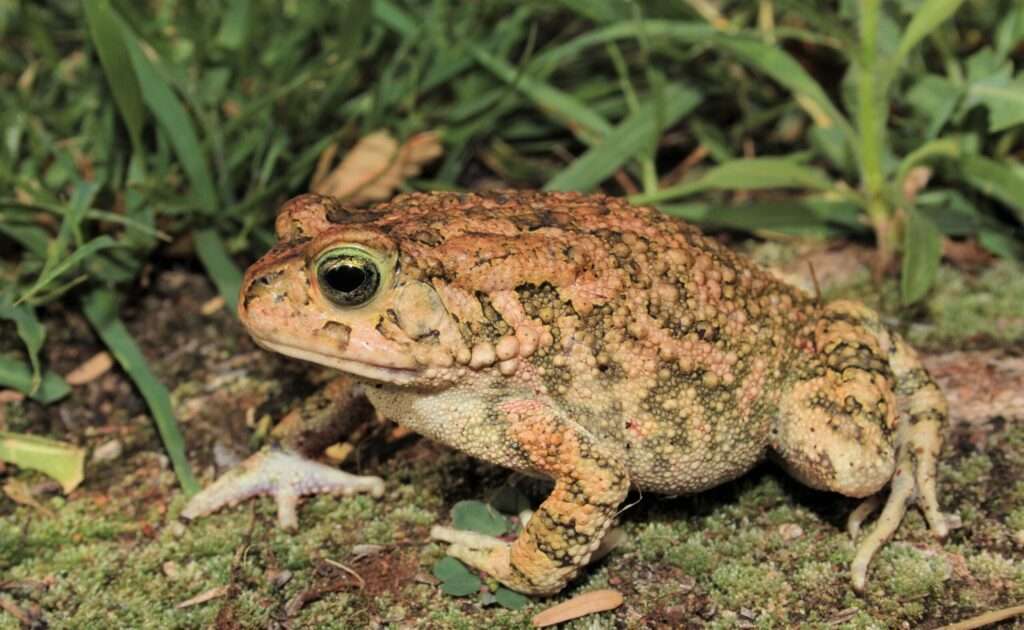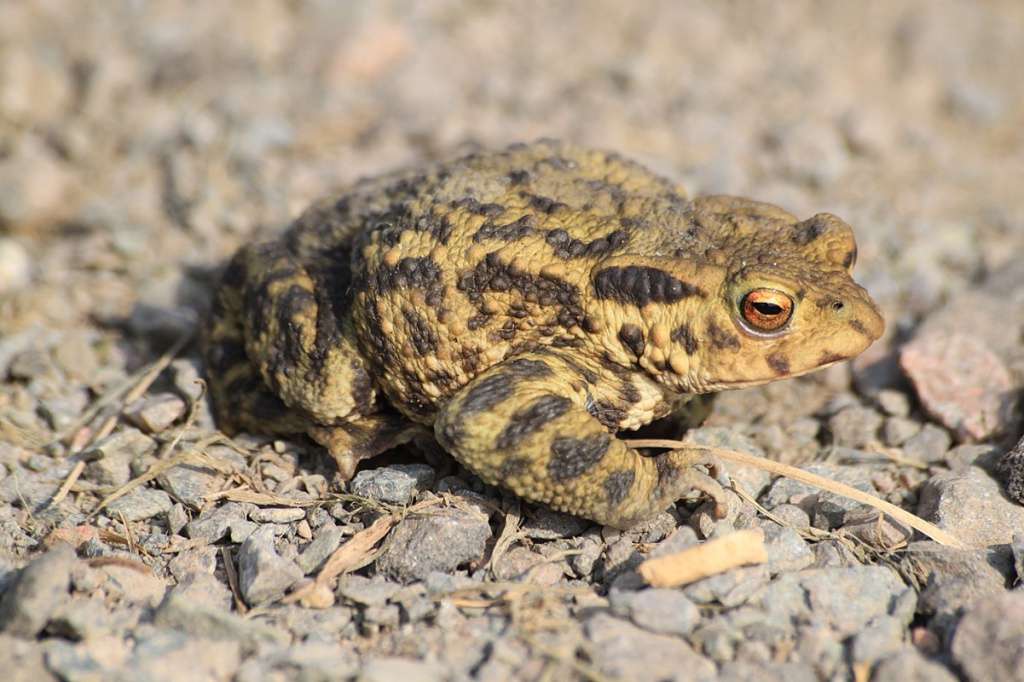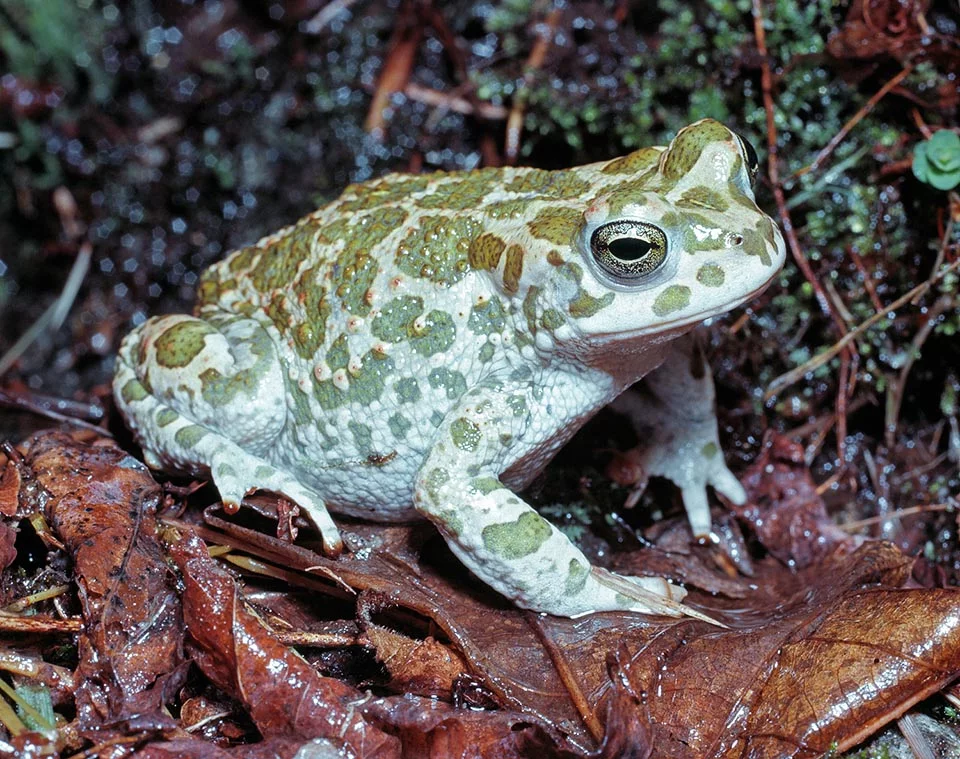
African common toads, also known as guttural toads (Sclerophrys gutturalis), are members of the Bufonidae family of toads. Its natural habitats include subtropical or tropical dry forests, moist lowland forests, moist montane forests, dry savannas, temperate shrublands, subtropical or tropical dry shrublands, subtropical or tropical moist shrublands, dry lowland grasslands, subtropical or tropical seasonally wet or flooded lowland grasslands, subtropical or tropical high-altitude grasslands, intermittent rivers, and freshwater wetlands.
Habitat
Although guttural toads are common throughout Africa, they are absent from southern South Africa, southern Namibia, central Africa, and the arid areas of western Botswana. Although not endemic to the Western Cape, the guttural toad is found only in South Africa. The number of the guttural toad has been growing since it was discovered in Cape Town in 2000, where it is not native. The guttural toad can be found in grasslands, savannahs, thickets, and urban settings with garden ponds. They seek out shaded areas throughout the day, such as beneath rocks or logs.
Appearance
The guttural toad is a big species, with males reaching lengths of up to 90 mm (3.5 in) from snout to vent and females reaching lengths of 120 mm (4.7 in). With erratic, varying dark brown patterns, the upper surface is buffy brown. Between the eyes, there are two pairs of brown dots that resemble a cross, and the spine frequently has a pale stripe.

Diet
The common squeaker, Arthroleptis stenodactylus, which is located in sub-Saharan Africa, is one of the frogs that the guttural toad consumes along with lizards, insects, and other animals.
Reproduction
Each egg is between 1.4 and 1.5 mm in diameter and can be laid by females in clutches of between 15,000 and 25,000. Eggs are formed in two 5 mm diameter gelatinous strings and are placed around vegetation in pools, usually at the edge. After a week, eggs molt, and after two months they start to grow rear legs, then front legs (metamorphosis). The guttural toad has a seven-year lifespan. Every year, the population of guttural toads and their geographic dispersion change. Adult and juvenile guttural toads can disperse over the pond, but only adults can reproduce.
Table





